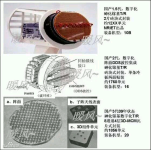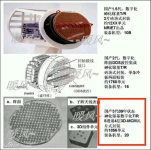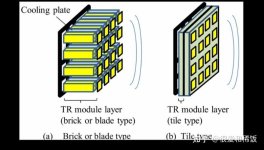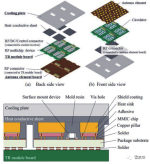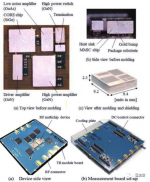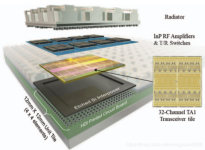Rafale with Meteor is a deterrent and force multiplier in itself. It was a mistake that we didn't order more. So, we must order both Rafale and Scorpène/Kalvari in big numbers this time around.
Spilt milk. MRFA or bust.
There are two options for submarines, either a repeat of the Scorpene order or a stopgap deal for Super Scorpenes which will allow the IN to replace P-75I with an indigenous program. But something needs to happen this year, either the P-75I needs to begin or a MoU for the Super Scorpene needs to be signed.
There are also rumours about France asking India to join FCAS! Hoping for some positive news on this front too as we can't lag behind the Chinese in 6th gen fighter program.
Both France and UK want us involved in their programs, but we don't have the finances for it. They need to finish development and then offer it to us, but we are unlikely to compete with the Chinese in 6th gen. After AMCA, we will have to skip straight to 7th or 8th or whatever gen is current for the time.



